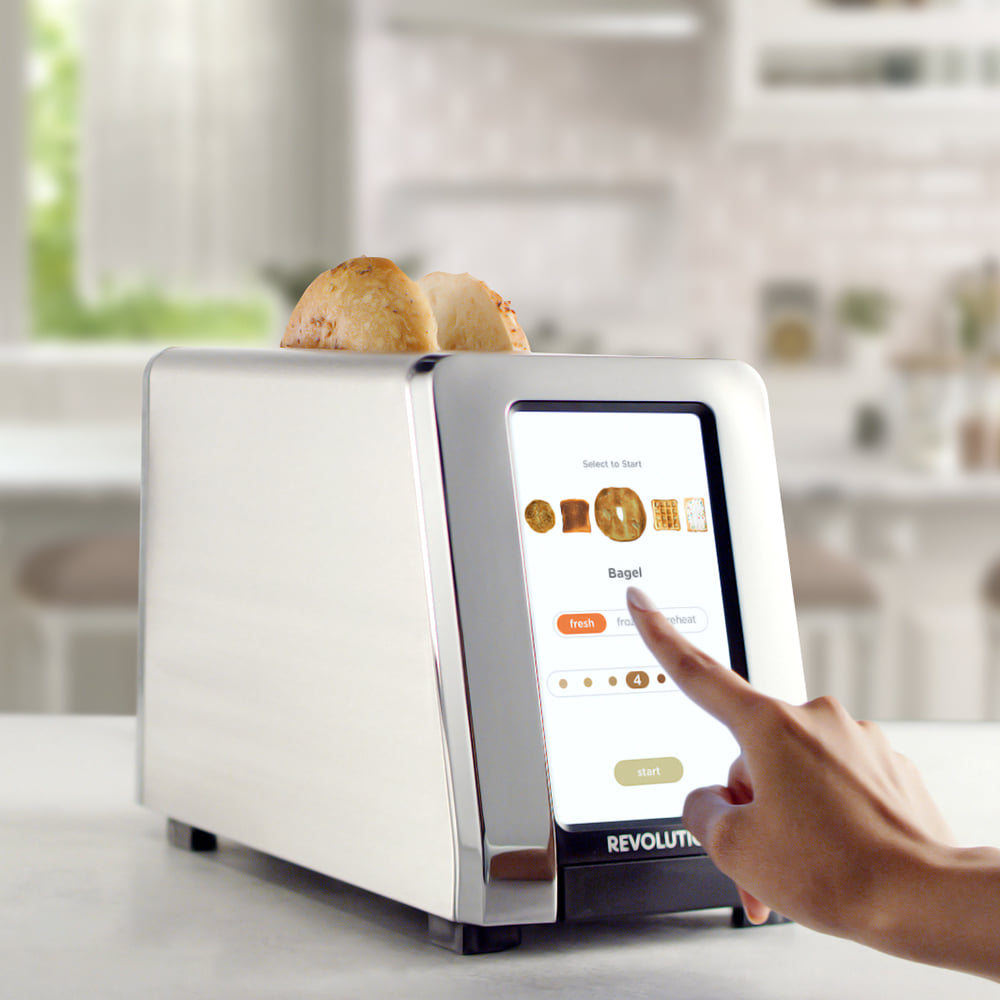
One was a refrigerator connected to the internet that was introduced by LG Electronics in 2000, allowing its users to shop online and make video calls. Moreover, several major developments fostered the IoT evolution.

Interest in the IoT technology was steadily increasing, which led to the 1st International Conference on the Internet of Things held in Switzerland in 2008, where participants from 23 countries discussed RFID, short-range wireless communications, and sensor networks. The 2000sĪt the beginning of the 21st century, the term “internet of things” came into widespread use by the media, with outlets like The Guardian, Forbes, and the Boston Globe making mention of it. While his idea of RFID-based device connectivity differs from today’s IP based IoT, Ashton’s breakthrough played an essential role in the internet of things history and technological development overall. He specifically used the word “internet” in the title of his presentation in order to draw the audience’s attention since the internet was just becoming a big deal that time. The year 1999 was easily one of the most significant for the IoT history, as Kevin Ashton coined the term “the internet of things.” A visionary technologist, Ashton was giving a presentation for Procter & Gamble where he described IoT as a technology that connected several devices with the help of RFID tags for supply chain management. They programmed the webcam to take pictures of the coffee pot three times per minute, then send the images to local computers, thus allowing everyone to see if there was coffee available. One year later, University of Cambridge scientists came up with the idea to use the first web camera prototype to monitor the amount of coffee available in their local computer lab’s coffee pot. In 1990, John Romkey connected a toaster to the internet for the very first time with a TCP/IP protocol. This invention fostered further studies in the field and the development of interconnected machines all over the world. They integrated micro-switches into the machine and used an early form of the internet to see if the cooling device was keeping the drinks cold enough and if there were available Coke cans. This might be hard to believe, but the first connected device was a Coca-Cola vending machine situated at the Carnegie Melon University and operated by local programmers. However, the true history of enterprise IoT started with the invention of the internet-a very essential component-in the late 1960s, which then developed rapidly over the next decades. The telegraph enabled direct communication between two machines through the transfer of electrical signals. The concept of connected devices itself dates back to 1832 when the first electromagnetic telegraph was designed. The brief history of the internet of things


 0 kommentar(er)
0 kommentar(er)
